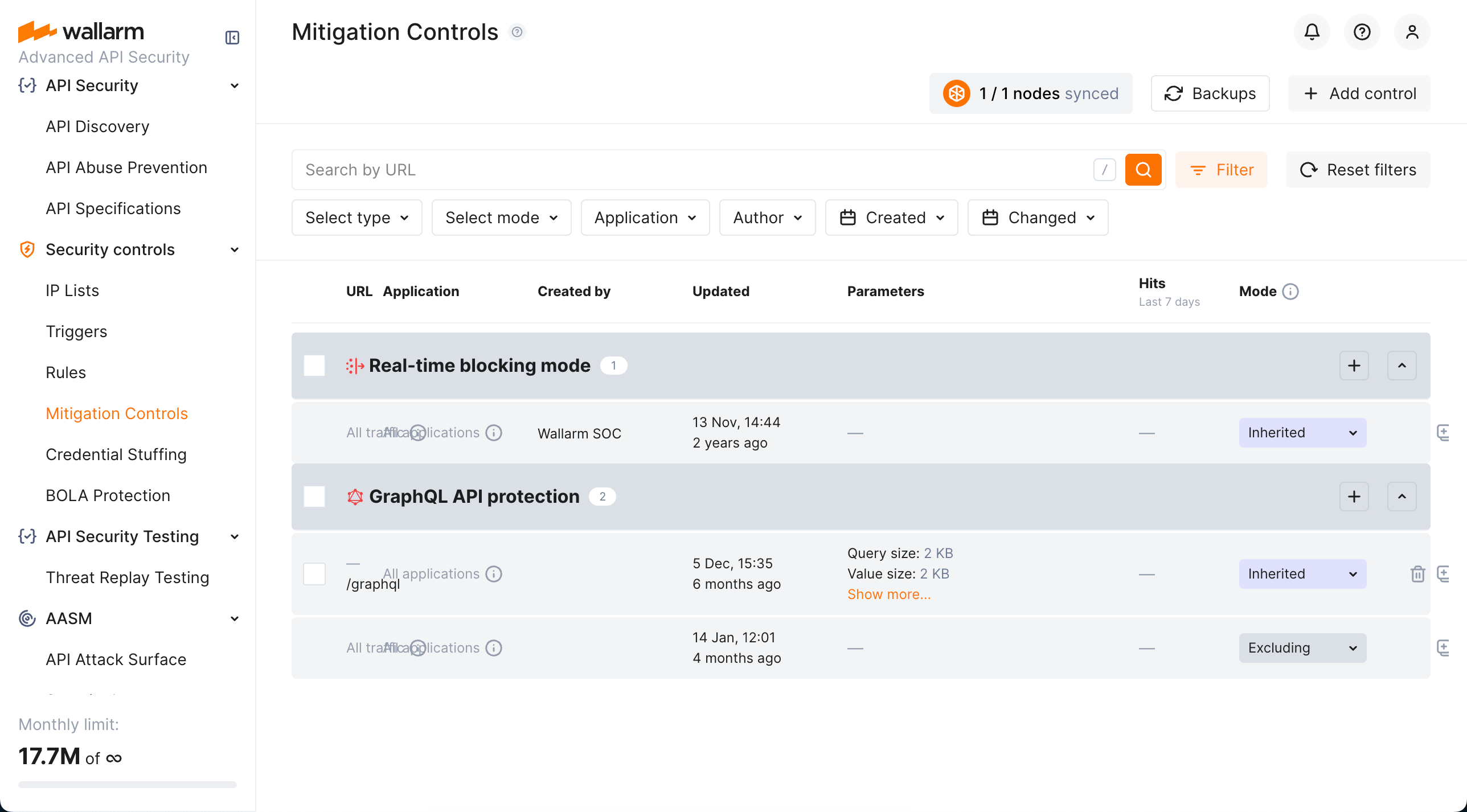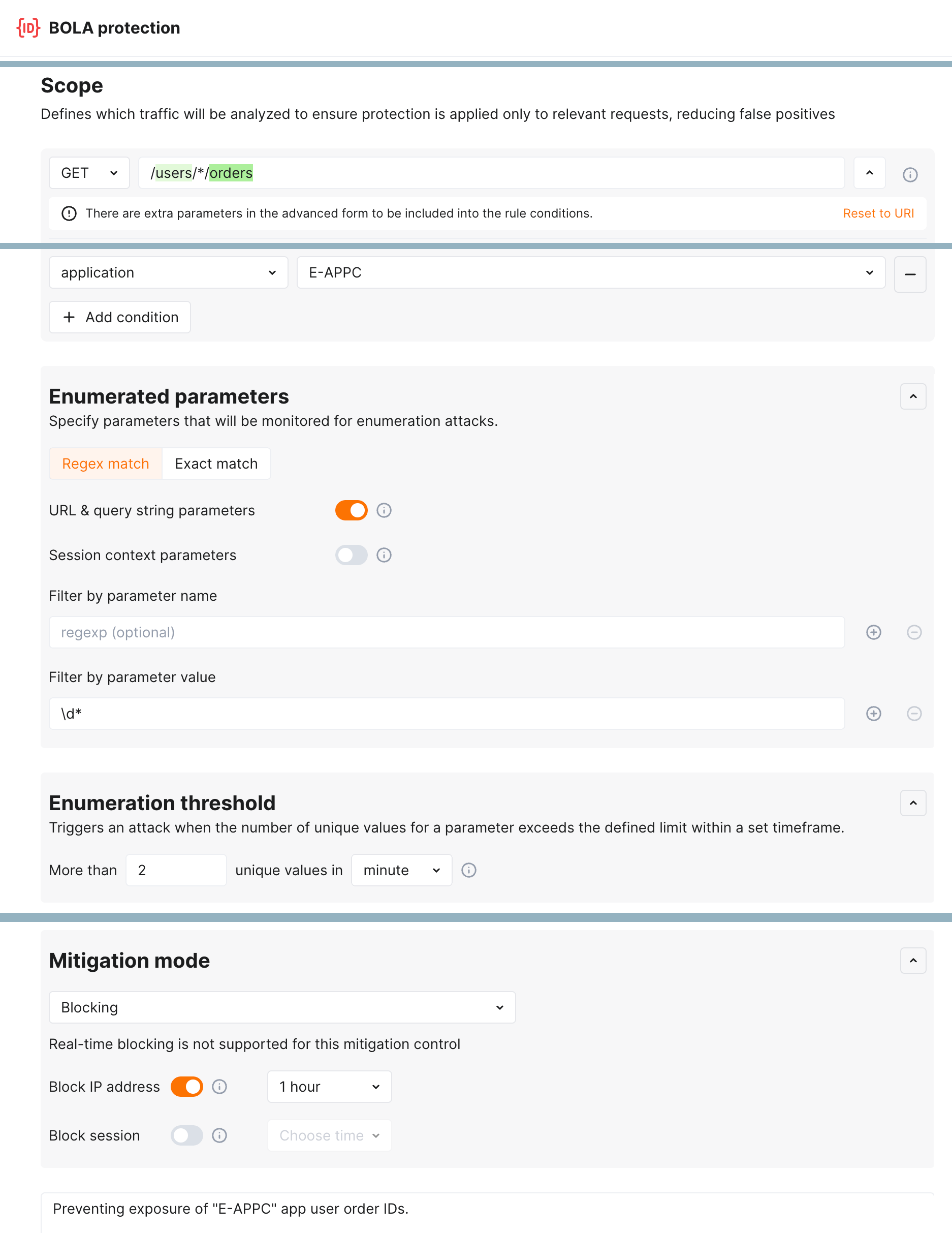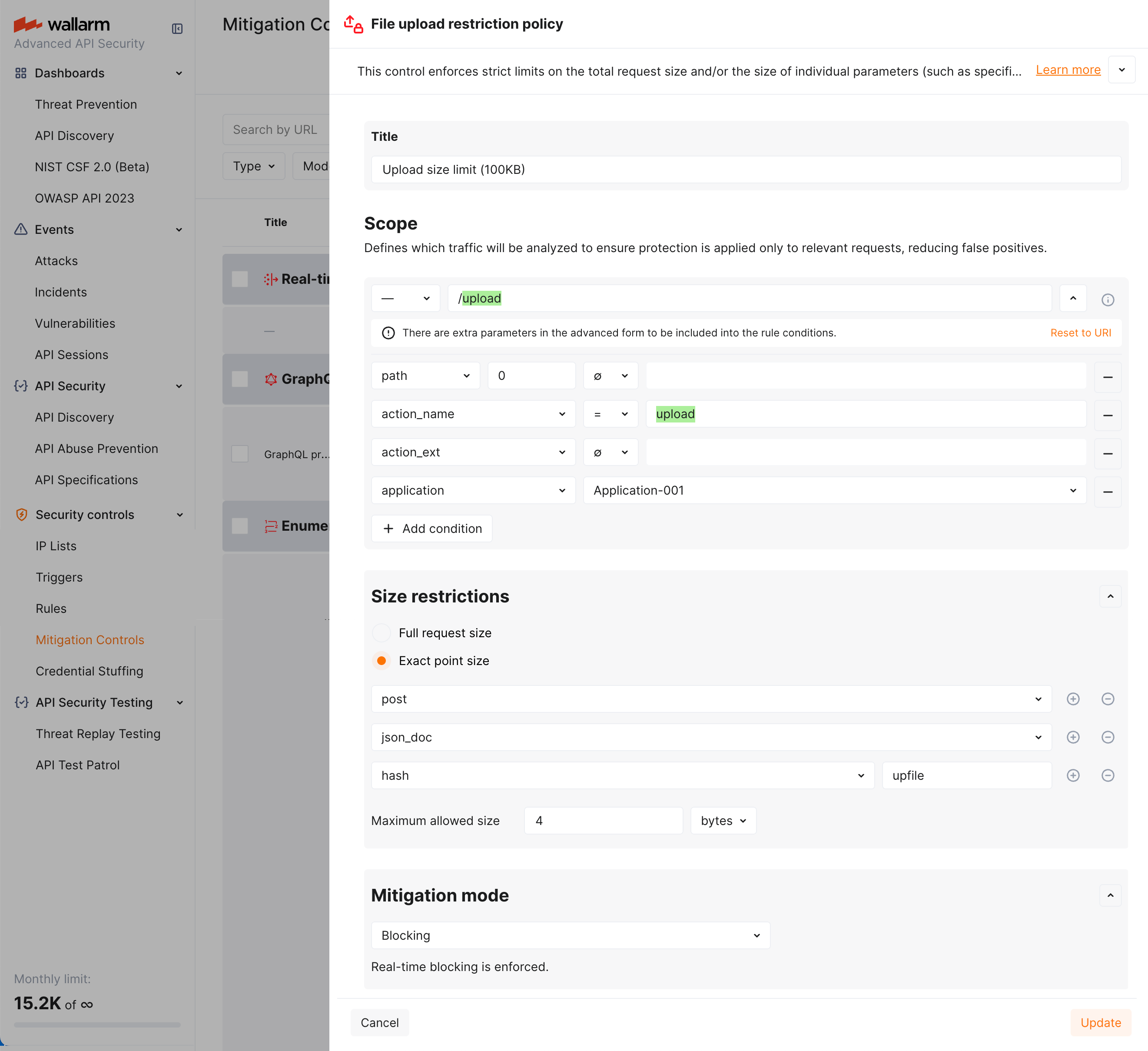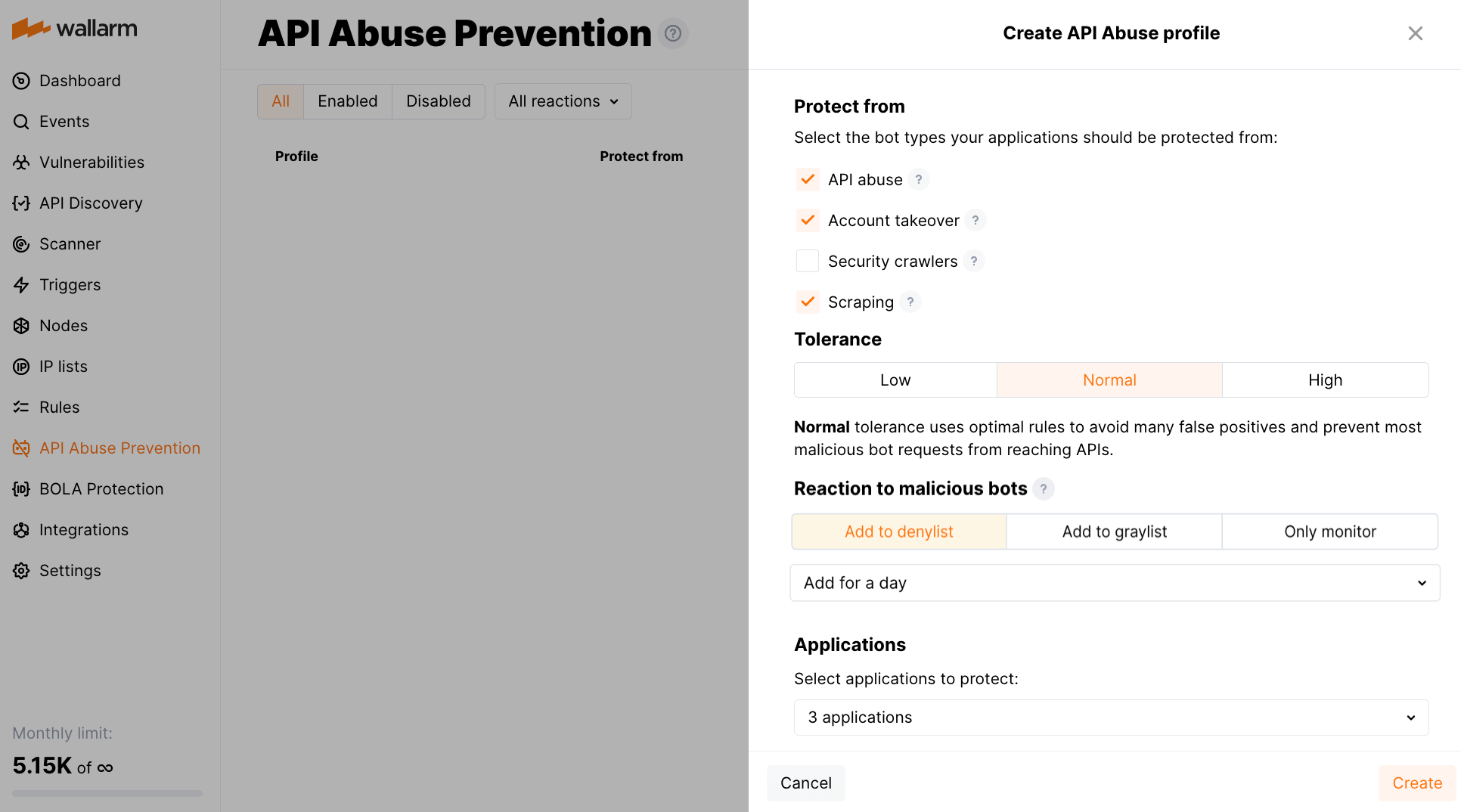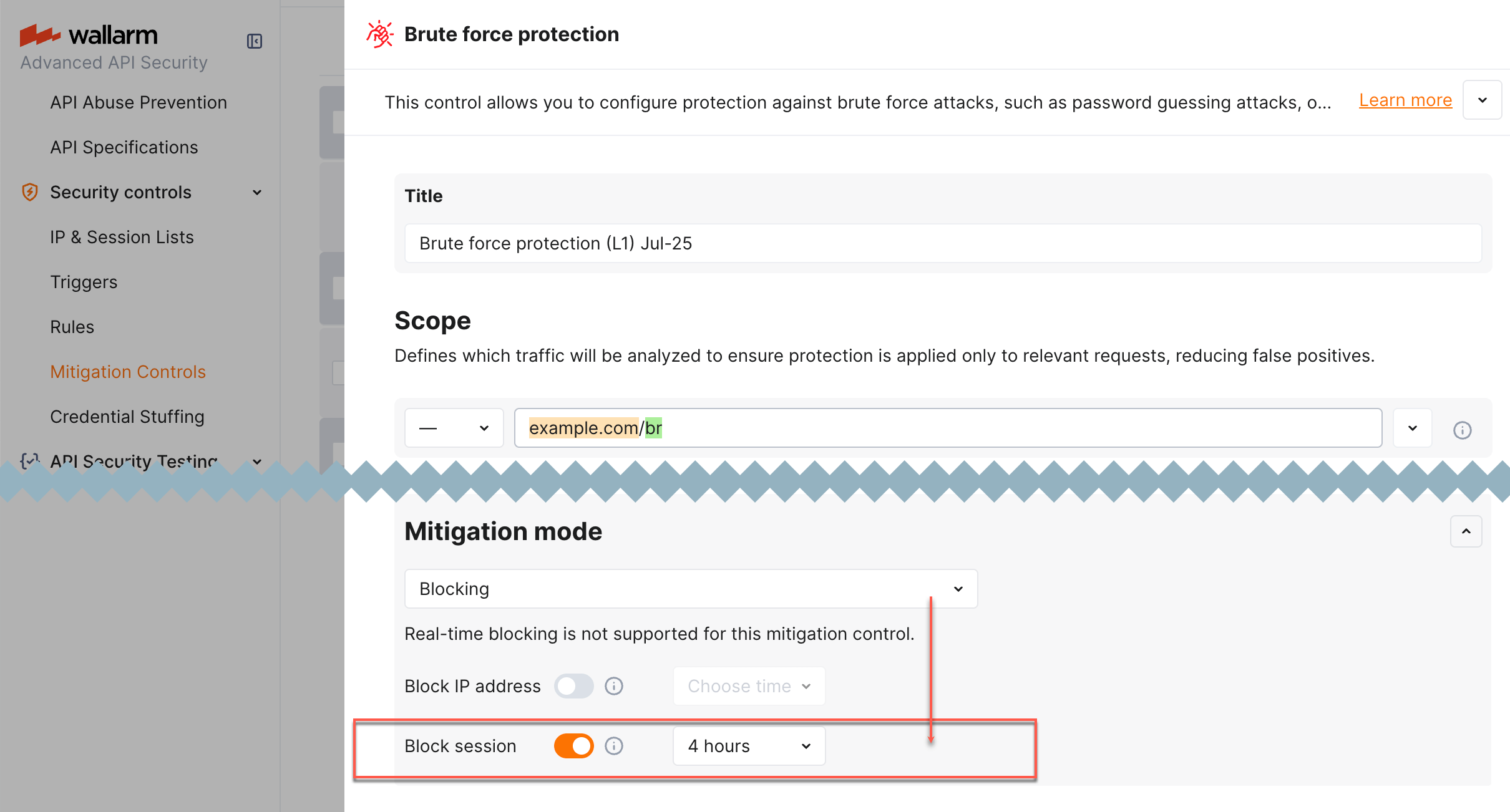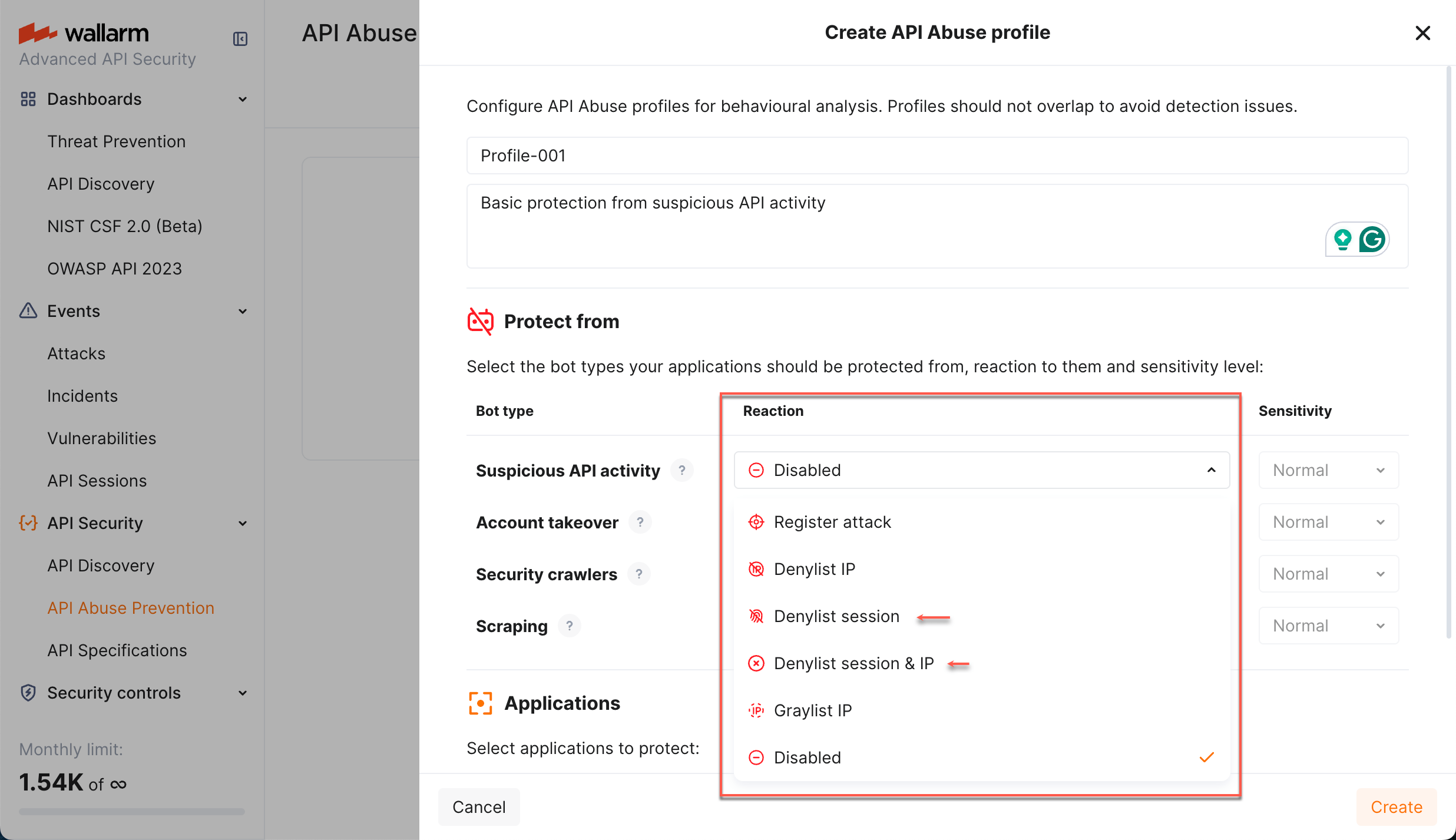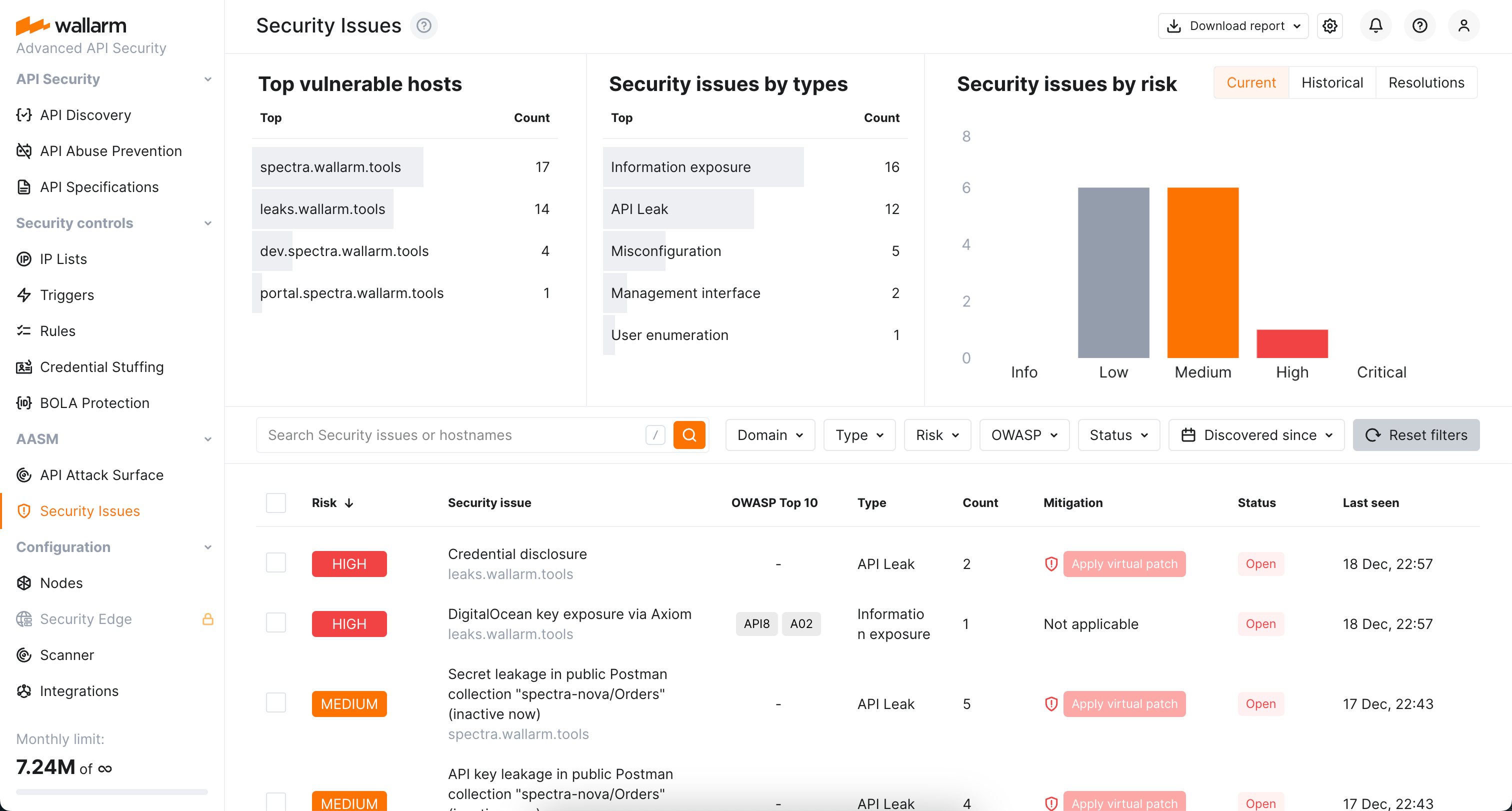What is New in Wallarm Node 6.x and 0.14.x¶
This changelog covers updates for NGINX Node 6.x and Native Node 0.14.x+. If upgrading from an older version, refer to this document.
For the detailed changelog on minor versions of the Wallarm Node, refer to the NGINX Node artifact inventory or Native Node artifact inventory.
This release introduces key architectural improvements aimed at enhancing performance and maintainability of the Wallarm Node. These updates also lay the groundwork for upcoming features.
Replacing Tarantool with wstore for postanalytics¶
Wallarm Node now uses wstore, a Wallarm-developed service, instead of Tarantool for local postanalytics processing.
As a result, the following changes have been introduced to NGINX Node:
-
All-in-one installer, AWS/GCP images:
-
The NGINX directive
wallarm_tarantool_upstream, which defines the postanalytics module server address when deployed separately from other NGINX services, has been renamed towallarm_wstore_upstream.Backward compatibility preserved with a deprecation warning:
-
Log file renamed:
/opt/wallarm/var/log/wallarm/tarantool-out.log→/opt/wallarm/var/log/wallarm/wstore-out.log. - The new wstore configuration file
/opt/wallarm/wstore/wstore.yamlreplaces obsolete Tarantool configuration files such as/etc/default/wallarm-tarantoolor/etc/sysconfig/wallarm-tarantool. - The
tarantoolsection in/opt/wallarm/etc/wallarm/node.yamlis nowwstore. Backward compatibility preserved with a deprecation warning.
-
-
- All the above changes are applied within the container.
- Previously, memory for Tarantool was allocated via the
TARANTOOL_MEMORY_GBenvironment variable. Now, memory allocation follows the same principle but uses a new variable:TARANTOOL_MEMORY_GB→SLAB_ALLOC_ARENA. -
Adjusted the container's directory structure to align with Alpine Linux conventions. Specifically:
- Content from
/etc/nginx/modules-availableand/etc/nginx/modules-enabledhas been moved to/etc/nginx/modules. - Content from
/etc/nginx/sites-availableand/etc/nginx/sites-enabledhas been moved to/etc/nginx/http.d.
- Content from
-
The default
allowvalue, specifying permitted IP addresses for the/wallarm-statusservice, is now 127.0.0.0/8 instead of 127.0.0.8/8.
-
Kubernetes Ingress Controller:
- wstore runs as a separate dedicated pod (
ingress-controller-wallarm-wstore-<suffix>), replacing the previous Tarantool postanalytics component. - Helm values renamed:
controller.wallarm.tarantool→controller.wallarm.postanalytics.
- wstore runs as a separate dedicated pod (
-
Kubernetes Sidecar Controller:
- Helm values renamed:
postanalytics.tarantool.*→postanalytics.wstore.*. -
The following Docker images have been removed from the Helm chart for Sidecar deployment:
These images have been replaced by the wallarm/node-helpers image, which now runs the relevant services.
- Helm values renamed:
The described changes are incorporated into the Node upgrade instructions provided below.
Removal of collectd¶
The collectd service, previously installed on all filtering nodes, has been removed along with its related plugins. Metrics are now collected and sent using Wallarm's built-in mechanisms, reducing dependencies on external tools.
Use the /wallarm-status endpoint, which replaces collectd by providing the same metrics in Prometheus and JSON formats.
As a result of this change, also the following changed in the configuration rules:
-
The
/opt/wallarm/etc/collectd/wallarm-collectd.conf.d/wallarm-tarantool.confcollectd configuration file is no longer used. -
If you previously used collectd to forward metrics via a network plugin, such as:
LoadPlugin network <Plugin "network"> Server "<Server IPv4/v6 address or FQDN>" "<Server port>" </Plugin>you should now switch to scraping
/wallarm-statusvia Prometheus.
Mitigation Controls¶
We introduce a unified management center for all Wallarm attack mitigation settings - Mitigation Controls. With mitigation controls you can:
-
View and manage all Wallarm mitigation settings in one place.
-
Manage all in a unified way (all controls have similar configuration UI and options).
-
Easily overview the current mode of each control: is it active? is it just monitoring or also blocking?
-
Get quick overview of attacks caught by each control.
Enumeration attack protection¶
New level of protection from enumeration attacks comes with enumeration mitigation controls:
Comparing to triggers that were used for this protection before, mitigation controls:
-
Allow selecting which parameters will be monitored for enumeration attempts.
-
Allow advanced sophisticated filtering of which exact requests will be counted.
-
Provide deep integration with API Sessions: the detected attacks are displayed within a corresponding session, providing you with full context of what was happening and why the session activities were marked as attack and blocked.
DoS protection¶
The unrestricted resource consumption is included in the OWASP API Top 10 2023 list of most serious API security risks. Being a threat by itself (service slow-down or complete down by overload), this also serves as foundation to different attack types, for example, enumeration attacks. Allowing too many requests per time is one of the main causes of these risks.
Wallarm provides the new DoS protection mitigation control to help prevent excessive traffic to your API.
GraphQL API Protection¶
GraphQL API Protection can now be configured with the dedicated mitigation control (previously, only rules were accessible).
Default controls¶
Wallarm provides a set of default mitigation controls that, when enabled, significantly enhance the detection capabilities of the Wallarm platform. These controls are pre-configured to offer robust protection against a variety of common attack patterns. The current default mitigation controls include:
-
BOLA (Broken Object Level Authorization) enumeration protection for user IDs, object IDs, and filenames
-
Brute force protection for passwords, OTPs, and authentication codes
-
Forced browsing protection (404 probing)
-
Enumeration attack protection, including:
- User/email enumeration
- SSRF (Server-Side Request Forgery) enumeration
- User-agent rotation
File upload restriction policy¶
Wallarm now provides tools for direct restricting the size of uploaded files. This comes as a part of set of measures aimed to prevent the unrestricted resource consumption included in the OWASP API Top 10 2023 list of most serious API security risks.
Depending on your subscription plan, upload restrictions are applied via mitigation control or rule. You can set file size restrictions for the full request or its selected point.
Mitigation-control based protection requires NGINX Node 6.3.0 and higher or Native Node 0.16.0 and higher
Protection from unrestricted resource consumption¶
Wallarm's API Abuse Prevention introduces the possibility to prevent the unrestricted resource consumption - abusive behavior where an automated client consumes excessive API or application resources without proper limits. This may include sending high volumes of non-malicious requests, exhausting compute, memory, or bandwidth, and causing service degradation for legitimate users.
To detect this type of automated threats, API Abuse Prevention provides a set of three new detectors:
-
Response time anomaly identifying abnormal patterns in the latency of API responses that may signal automated abuse or backend exploitation attempts.
-
Excessive request consumption identifying clients that send abnormally large request payloads to the API, potentially indicating abuse or misuse of backend processing resources.
-
Excessive response consumption flagging suspicious sessions based on the total volume of response data transferred over their lifetime. Unlike detectors focused on individual requests, this detector aggregates response sizes across an entire session to identify slow-drip or distributed scraping attacks.
Blocking by session¶
NGINX Node 6.5.1 or higher and not supported by Native Node so far
Wallarm now provides a new protection action - blocking by session. It allows for more intelligent security decisions based on the state of the current interaction with the application, rather than just its network origins (source IP addresses).
Blocking by session is required for the cases of:
-
Dynamic source IP addresses
-
Attackers switching IP addresses via proxy servers, VPNs or other means
-
Bot attacks, utilizing a number of machines with diverse IP addresses
-
Invalidating the specific stolen session (directly stops the hijack)
-
Necessity of immediate revocation of current access for actively logged in session
The session can be blocked automatically by:
-
Wallarm's API Abuse Prevention
You can also block/unblock any session manually at any moment.
Security Issues: all vulnerabilities in one unified view¶
As for now, Wallarm offers multiple methods of detecting vulnerabilities (security issues) which vary at scope, usage scenarios, required elements (with or without node) and a set of vulnerabilities they are able to find.
Previously vulnerabilities found by different methods were displayed in different sections of Wallarm Console - now the view is unified and you can see all of them in one place - the Security Issues section.
Here you can:
-
Easily view and manage the list of found vulnerabilities distinguished by the risk level
-
Access detailed information on each security issue (vulnerability): description, mitigation measures, links to relates CWEs, history of status changes and comments from your team members
-
Close and re-open vulnerabilities
-
Get reports
The old Vulnerabilities section is not displayed anymore.
OAS 3.1 support¶
NGINX Node 6.6.1 or higher and not supported by Native Node so far.
For API Specification Enforcement, you can now upload OpenAPI specifications of version 3.1.
Which Wallarm nodes are recommended to be upgraded?¶
-
Client and multi-tenant Wallarm NGINX Nodes of version 4.10 and 5.x to stay up to date with Wallarm releases and prevent installed module deprecation.
-
Client and multi-tenant Wallarm nodes of the unsupported versions (4.8 and lower).
If upgrading from the version 3.6 or lower, learn all changes from the separate list.
Upgrade process¶
-
Upgrade installed modules following the instructions for your Wallarm node deployment option:
